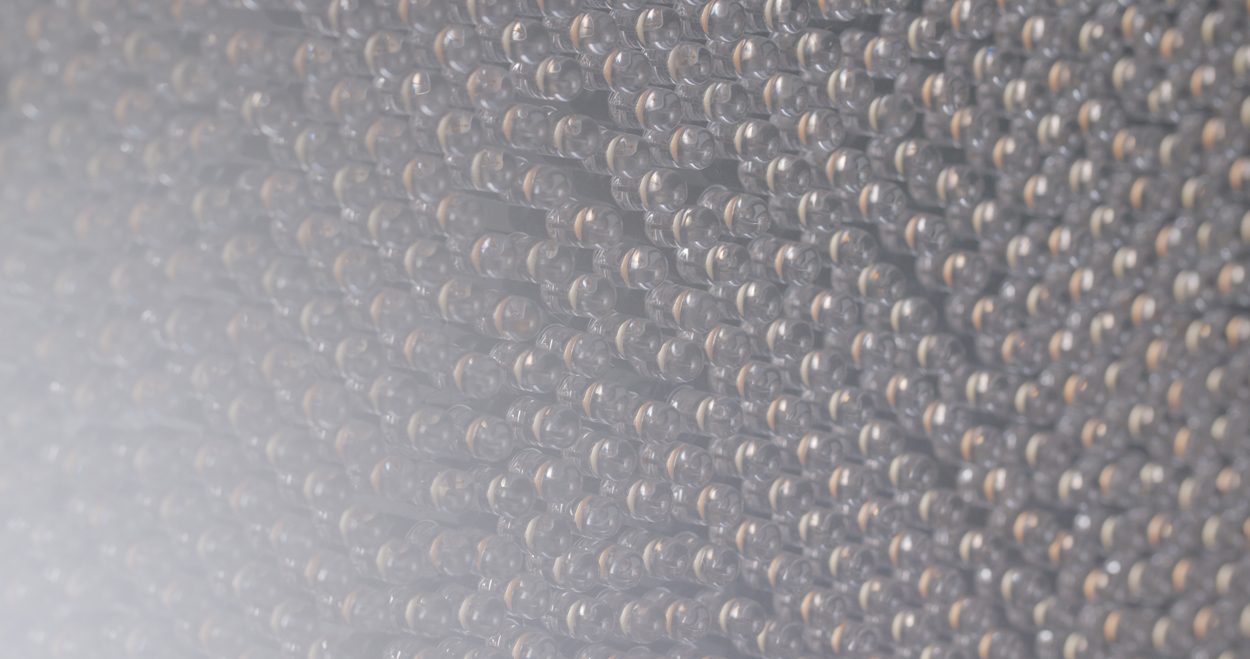LED lights do give off some heat, yet they DO NOT get too hot to the touch. Understanding exactly how LED lighting gets hot can be quite difficult. Let us explain below!
How Do LED Lights Get Hot?
To understand the answer to this question, it must first be understood how LED bulbs produce light and heat. LED stands for “light emitting diode”, and so the diode, which is a semiconductor where electrical currents pass, produces light and heat. For example, if the diode works 100 percent of the time, it will convert all the electricity passing through into light. Unfortunately, complete efficiency is not possible. Due to the physical deformities of LED light components, some of the light will instead become heat.
The good news is LED lights are cooler than incandescent lights since they are more efficient. It is easy to unscrew an LED bulb that has been on for hours, compared to an incandescent bulb. That is because an incandescent bulb will burn to the touch. This occurs because less heat is transferred through LED lights and LED bulbs will dissipate any residual heat into the air away from the bulb.
How Hot Are LED Light Bulbs?
LED bulbs are one of the most efficient lighting technologies today. High-powered LED lights will produce lighting at a much lower temperature than previous generations of LED lighting. In fact, the hottest outside surface of an LED bulb is usually half the temperature of a Halogen or incandescent bulb.
Can LED Lights Burn The Skin?
You can burn your fingers on an LED light bulb if you do not reflexively remove your fingers within a few seconds. Refrain from touching the hot parts of light bulbs, in general. And yes, this does include the newest generation of LED lights that are more efficient than ever.

How Long DO LED Lights Last?
More and more halogen bulbs are being replaced by LED bulbs these days, especially in the retail industry. Retailers are frequently making this switch because LED bulbs simply last longer than traditional options. The only downside to LED bulbs is the limited capacity due to the electronics in the lighting. LED bulbs must remain at a cool temperature at all times. When these bulbs begin to heat up, they will stop working completely. Contrary to belief, switching a light on and off frequently will not increase the lifespan.
Average Lifespan: 15,000 hours.
LED modules are seen as the best of both worlds, mixing elements of LED bulbs and integrated LED. LED modules can be connected directly to the power supply. This means no fittings will be required with the modules. Each component is separate in an LED module. The biggest disadvantage of choosing LED modules is that these options are more difficult to use in any fixtures with special or unique shapes.
Average Lifespan: 25,000-30,000 hours.
Integrated LED is lighting that comes integrated into the fixture. Of course, whenever integrated LED stops working, though, you’ll need to replace the entire fixture. The good news is integrated LED has an exceptionally long lifespan, which outweighs the cons. The power supply is almost always external and separated from the LED. If the power supply goes out, it is easy to replace without having to replace the LED.
Average Lifespan: 25,000-30,000 hours.
LED Lights Conclusion
Yes, LED lights will produce heat but this heat is insignificant thanks in large part to the efficient transforming of electricity into light. It is, however, important to not place LED lighting in an enclosed housing. This means the produced heat cannot dissipate effectively, disrupting its overall efficiency.
Bargain Store Equipment In Phoenix, AZ
Bargain Store Equipment is your one stop shop for retail store equipment as well as restaurant equipment, display cases, shelving and more. Bargain Store Equipment has great prices on all your retail equipment needs including mannequins, counters, shelves, showcases, display refrigerators and more. Contact Bargain Store Equipment today!












